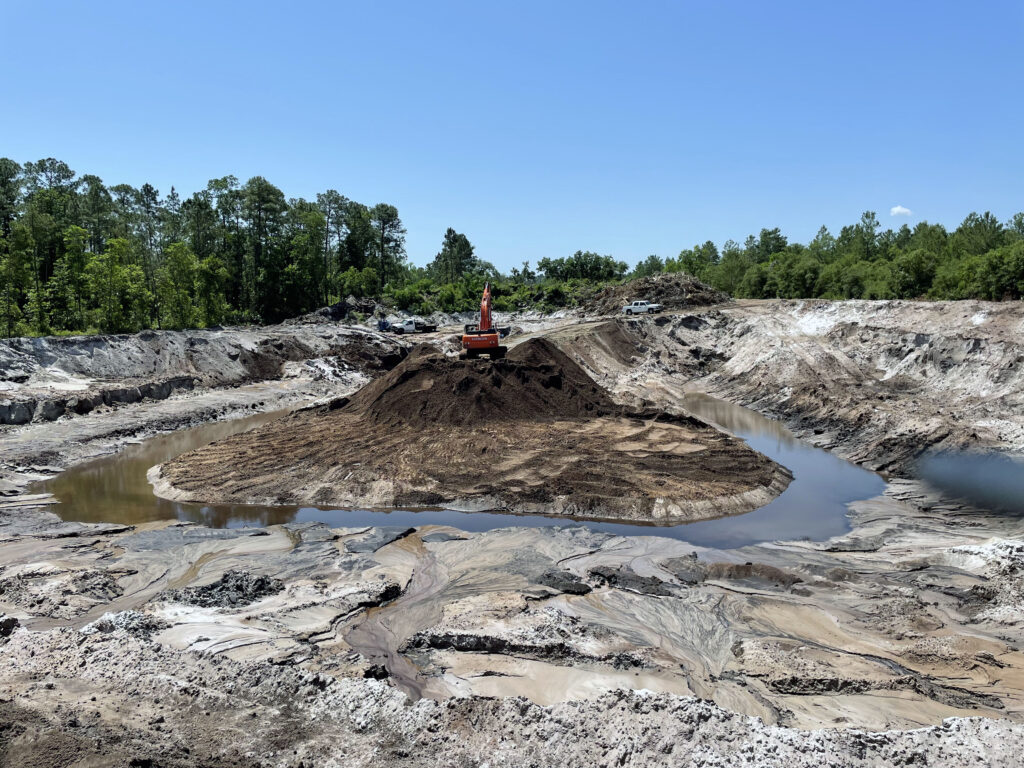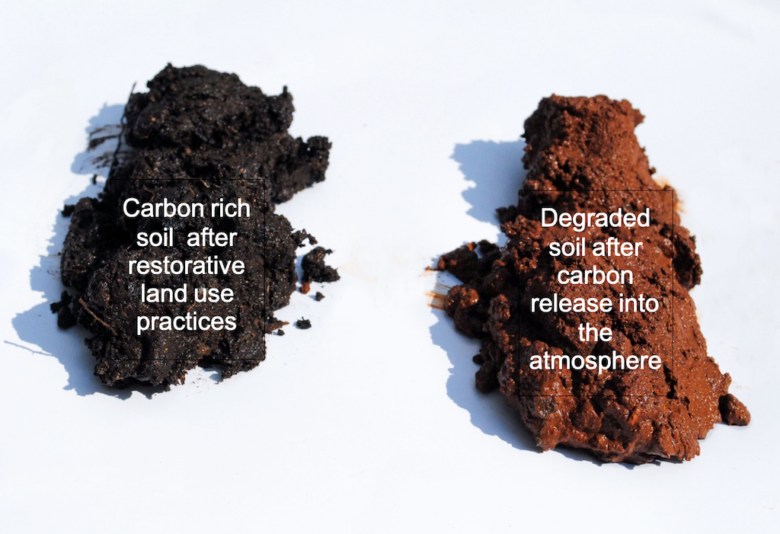Optimized Industrial Agriculture
This Nature Based Solution (NBS) is by far the most cost-effective, environmentally sound, efficient, sustainable, and easily replicable way to capture Carbon and Nitrogen.
Industrial Agriculture
Innovation in machinery and farming methods; new markets for agriculture; improvements in the cattle industry; and patent protection for novel, nature-based methodologies.
Evidence-Based Methods
Ag Carbon Farms and Ag Carbon Solutions are working together to implement more sustainable, logical, and effective methods for capturing Earth-harming carbon dioxide and nitrates.
Agricultural Production System (APS)
APS (U.S. Patent #: 11,511,325) is the novel methodology capturing and sequestering significant quantities of carbon and nitrates, creating new grazing land for cattle, creating new fertile soils, solving many solid waste concerns, preserving landfill space, establishing Permanent Agricultural Land (PAL), and providing significant new cash flows for farmers through sustainable industrial agriculture.
17/407,645
The Dry Decay Method
This methodology also has the potential to create carbon incentives. Clean, carbonaceous materials are diverted from the waste stream and turned into soil through a process called “Dry Decay.” The byproducts (i.e. silvicultural residuals) are then buried to capture carbon. This methodology utilizes the patented Dry Decay Method (U.S. Patent Number 5558694) of producing fertile farm soils using a screening system operating on biodiesel or renewable energy.
“
“Thinking about ways to increase soil carbon storage is a really important weapon in the arsenal [against climate change],” said Ben Taylor, an ecosystem ecologist and Ph.D. candidate in Columbia University’s Department of Ecology, Evolution and Environmental Biology. “The carbon in soils is greater than all the carbon in our biomass and the atmosphere combined, so even small changes in that pool are going to have really large effects for us. If we can figure out how to manage that soil carbon pool size, it could be really effective.”

Cho, R. F. (2019, February 6). Can soil help combat climate change? State of the Planet. Retrieved June 5, 2022, from https://news.climate.columbia.edu/2018/02/21/can-soil-help-combat-climate-change/
“
The Earth’s soils contain about 2,500 gigatons of carbon—that’s more than three times the amount of carbon in the atmosphere and four times the amount stored in all living plants and animals.
Currently, soils remove about 25 percent of the world’s fossil fuel emissions each year.

“
Capturing carbon in soil is a natural way of removing carbon dioxide from the atmosphere with fewer impacts on land and water, less need for energy, and lower costs. Better land management and agricultural practices can and should be used to enhance the ability of soils to store carbon and help combat global warming.
Agricultural Production System

“Climate change is a huge challenge, but it can be brought in line if governments, businesses and individuals work together.”
Sir Richard Branson
Founder of Virgin Group


Each tonne (i.e. metric tons) of carbon captured by the Agricultural Production System (U.S. Patent # 11,511,325) is equivalent to the amount of carbon captured in a year by 80 trees.
It is estimated that the operation of one farm captures between 100 and 1,000 tonnes of carbon per day, which is the minimum equivalent of planting over 2 million trees per year!


Nature-Based Solutions (NBS)
This is by far the most cost-effective, efficient, and sustainable way to capture carbon (carbon dioxide from the atmosphere to carbon in the soil) for the mitigation of climate change. These Nature-Based Solutions can be vastly replicated and expanded to absorb and secure carbon dioxide in the ground at a local, national, and global scale.







